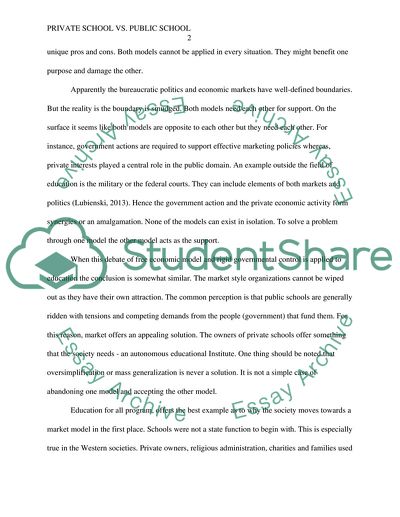Cite this document
(“Private School Vs.Public School: Which School Will Make Your Child Research Paper”, n.d.)
Retrieved de https://studentshare.org/education/1689514-private-school-vspublic-school-which-school-will-make-your-child-more-successful-in-life
Retrieved de https://studentshare.org/education/1689514-private-school-vspublic-school-which-school-will-make-your-child-more-successful-in-life
(Private School Vs.Public School: Which School Will Make Your Child Research Paper)
https://studentshare.org/education/1689514-private-school-vspublic-school-which-school-will-make-your-child-more-successful-in-life.
https://studentshare.org/education/1689514-private-school-vspublic-school-which-school-will-make-your-child-more-successful-in-life.
“Private School Vs.Public School: Which School Will Make Your Child Research Paper”, n.d. https://studentshare.org/education/1689514-private-school-vspublic-school-which-school-will-make-your-child-more-successful-in-life.


